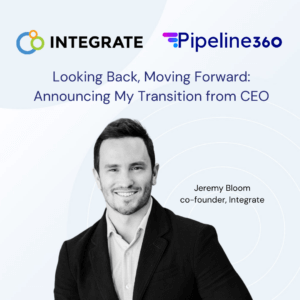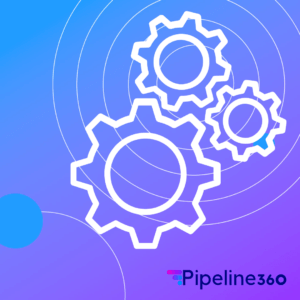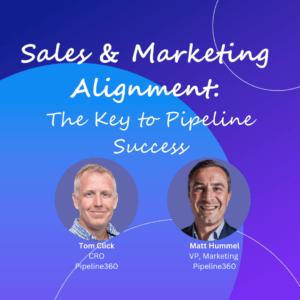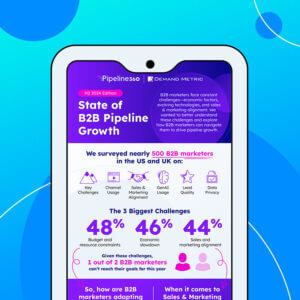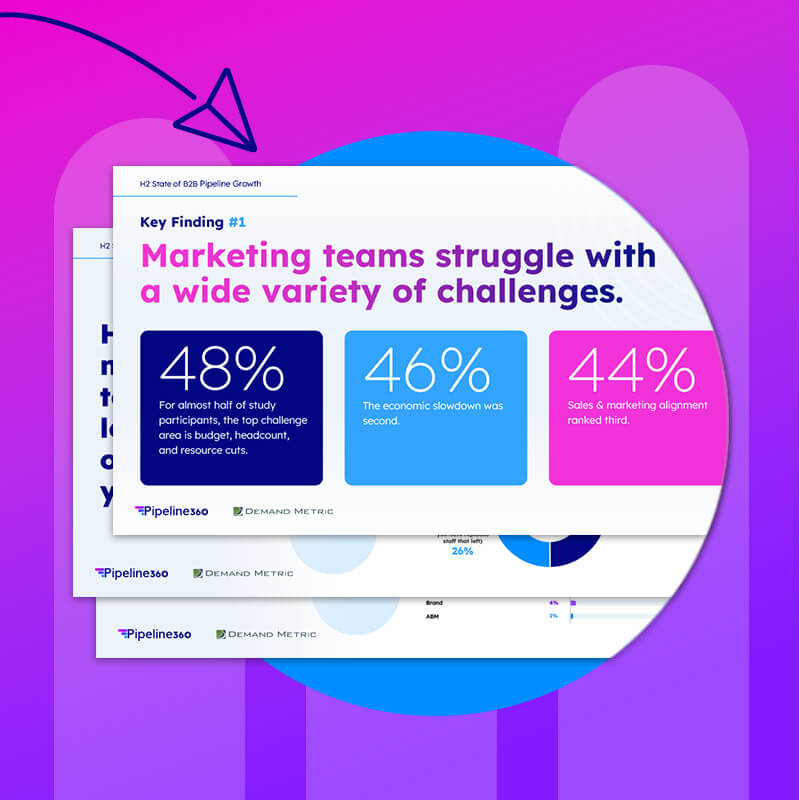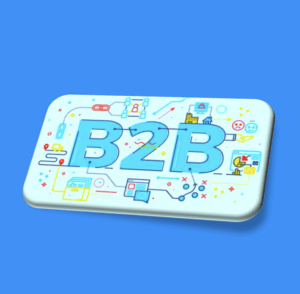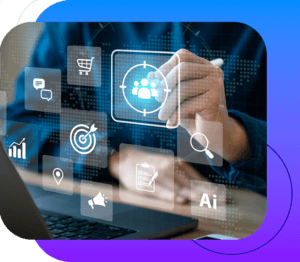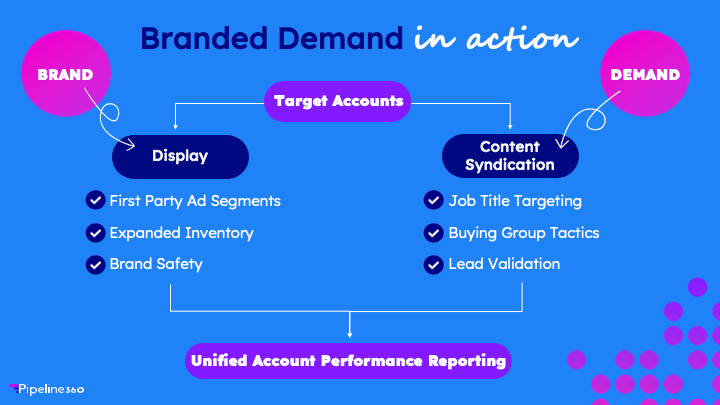Nearly 15 years ago, I co-founded Integrate with a vision to make B2B marketing more efficient and scalable through technology. Today, I am incredibly proud of how far we’ve come, with two thriving businesses: Integrate and Pipeline360. It’s been an extraordinary journey, but the time has come for me to step away from my role as CEO of Integrate.
Timing a transition like this is never simple, but this feels like the right moment. Integrate has achieved remarkable milestones—capturing substantial market share and powering over $1 billion in advertising dollars annually through our platform. And Pipeline360 is positioned to redefine the industry standard for B2B brand and demand advertising.
Although I’m stepping away from day-to-day responsibilities, my connection to Integrate is far from over. I will remain an active board member and shareholder, cheering from the sidelines as this incredible team leads us into the next phase of growth, and will forever be a co-founder of Integrate.
I’m thrilled that Dave Tomizuka is taking on the Corporate CEO role. In addition to his CFO duties, Dave will now have corporate and fiscal responsibility across both divisions, partnering with leaders of both P360 and Integrate while continuing to ensure the best strategic direction for the company. DT has been my trusted partner and leader for over a decade, consistently demonstrating remarkable execution, strategic vision, and an unwavering commitment to the company’s success.
And as part of our ongoing promise to deliver clear value and impact across our distinct business units, I’m excited to announce that Tony Uphoff has been promoted to CEO of Pipeline360, where his expertise and passion will drive continued innovation and growth. I am also excited to share we are finalizing the appointment of a CEO for the Integrate division.
As for my next chapter, I’m excited to share more soon. My upcoming role as CEO will take me back to my roots in sports—a journey I can’t wait to embark on.
To the Integrate & Pipeline360 team, partners, investors, and customers—thank you for the memories, the collaboration, and the trust. This journey has been one of the greatest honors of my life, and I will always carry the lessons and experiences with me.
The future of Integrate and Pipeline360 is brighter than ever, and I can’t wait to see what this team accomplishes next. Onward!

